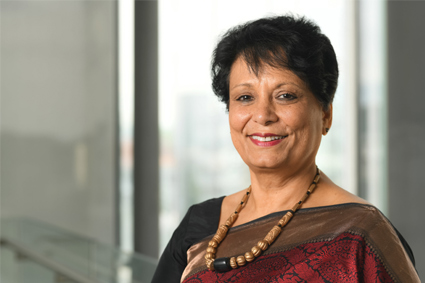GENERAL FOR AUTHORS.
1) Ensure to receive acknowledgment from the Editorial Team after making a submission.
2) Release UN Today from any liability or responsibility that the contents of the article may create.
3) Understand that the UN Today Editorial Board reserves the right to edit any content submitted for reasons of space and readability.
4) Focus on the audience: UN Staff, Diplomats, International Employees.
5) Pay attention to the image requirements: (a) Format: Horizontal. (b) Size: 2.000 X 1.500 pixels.
STYLE FOR AUTHORS.
1) Double page articles are normally 5.200 characters. Single page articles are approximately 4.000 characters. Illustrations and graphs may also be accommodated, and if there are many the word-count should be revised downwards to take account of the demands that these make on space.
2) Authors should pay particular attention to making submissions accessible to a wide audience. For example, only the most commonplace technical terms should be used without explanation, and authors should consider seriously whether lesser-known terms may be omitted altogether. Acronyms should also be clearly spelled out on their first use.
3) All articles should be introduced in such a way that readers can clearly see the usefulness and importance of the content. Authors are encouraged to use examples, metaphors, similes, questions, and so on.
4) Articles may be edited for readability and length and to make them more suitable for the intended audience and to fit in the space provided.
5) Clearly identify the focus of your article and why you are writing about this issue now. What is the “hook” for this article.
6) Verify all your information – names, dates, locations and legal references.
7) Avoid jargon and UN speak. This is not a technical publication and therefore avoid any technical language and acronyms that people outside your organization will not understand. If you use an acronym, spell it out.
8) Get to the point early in the article, so your audience understands what it is you are writing about.
9) Avoid long quotes – keep them short and ensure they add an interesting dimension to your text.
10) Avoid long lists of references.
11) Stick to the word count that you have been allocated, so that someone else does not have to cut it.
12) Do a spell check and ask someone else to read the text before you submit.
13) Please put subtitles to your text, in order to add more clarity by dividing it into sections under each subtitle.
PHOTOS
1) Authors are asked to supply or to make suggestions for suitable illustrations (up to 3); however, these will not be used unless copyright approval has been obtained. Please provide a caption line and photo credits for each illustration submitted for publication. It is the author’s responsibility to ensure that photos are copyright-free and of sufficient quality (please consult the guidelines on selecting photos for more information).
2) Photos must be horizontal, must have a size of 2.000 x 1.500 pixels.
3) Ensure your photos are relevant to the story and that you link the photo to your text. Provide full photo credits.
4) The Editorial Team reserves the right to select certain from the photos proposed, or to select another photo if none of them are appropriate. Prior to the submission of every article, this form must be signed by the contributor as a prerequisite for publication.
5) Try to use photos with the proportion (body vs space) as shown below.



